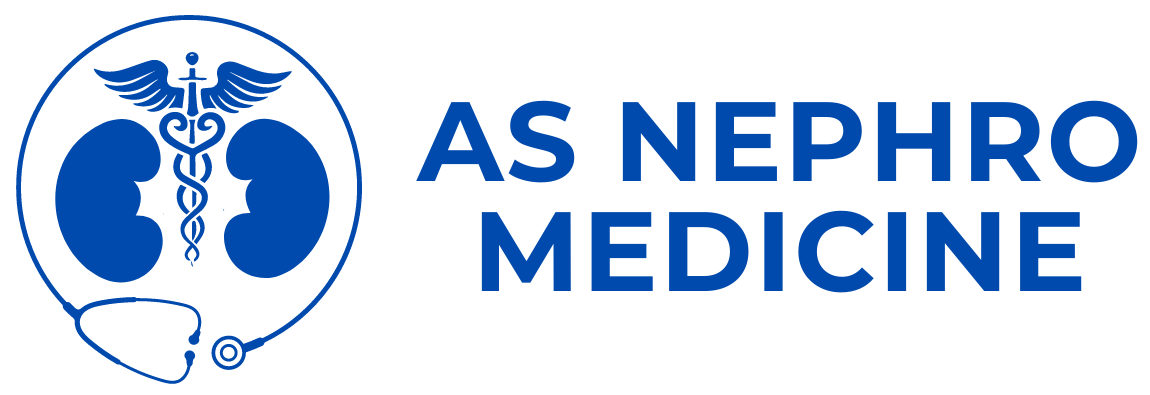Cystic diseases encompass a range of conditions characterized by the formation of cysts—fluid-filled sacs that can develop in various tissues and organs of the body. These diseases can vary widely in terms of their causes, symptoms, and treatments. In this blog post, we’ll explore the basics of cystic diseases, their common types, symptoms, diagnostic methods, and treatment options.
What Are Cystic Diseases?
Cystic diseases refer to a group of disorders where cysts form in different parts of the body. These cysts can vary in size and number and may be present in organs such as the kidneys, liver, ovaries, and lungs. Some cystic diseases are inherited, while others develop due to infections, blockages, or other underlying conditions.
Common Types of Cystic Diseases
- Polycystic Kidney Disease (PKD):
- Overview: PKD is a genetic disorder characterized by the growth of numerous cysts in the kidneys.
- Symptoms: High blood pressure, back or side pain, headaches, blood in the urine, and kidney stones.
- Diagnosis: Ultrasound, CT scan, MRI, and genetic testing.
- Treatment: Managing symptoms, controlling blood pressure, pain relief, and in severe cases, dialysis or kidney transplant.
- Ovarian Cysts:
- Overview: Fluid-filled sacs that develop on the ovaries, often during the menstrual cycle.
- Symptoms: Pelvic pain, bloating, painful intercourse, and irregular periods.
- Diagnosis: Pelvic examination, ultrasound, and blood tests.
- Treatment: Observation, medication, and surgical removal if necessary.
- Liver Cysts:
- Overview: Cysts in the liver that are usually benign and asymptomatic.
- Symptoms: Often asymptomatic, but large cysts may cause pain or discomfort.
- Diagnosis: Ultrasound, CT scan, and MRI.
- Treatment: Monitoring, drainage, or surgery for large or symptomatic cysts.
- Cystic Fibrosis:
- Overview: A genetic disorder that affects the lungs and digestive system, causing the production of thick, sticky mucus.
- Symptoms: Chronic cough, lung infections, wheezing, and difficulty breathing.
- Diagnosis: Newborn screening, sweat test, and genetic testing.
- Treatment: Chest physiotherapy, medications, and lung transplant in severe cases.
- Ganglion Cysts:
- Overview: Noncancerous lumps that typically develop along the tendons or joints of the wrists or hands.
- Symptoms: Visible lumps, pain, tingling, and muscle weakness.
- Diagnosis: Physical examination, ultrasound, and MRI.
- Treatment: Observation, aspiration, or surgical removal.
Causes and Risk Factors
The causes of cystic diseases vary depending on the type. Some are genetic, while others result from infections, blockages, or chronic conditions. Key risk factors include:
- Family history of cystic diseases
- Age (some cysts are more common in certain age groups)
- Hormonal imbalances
- Chronic infections or inflammatory conditions
Symptoms
The symptoms of cystic diseases depend on the location and size of the cysts. Common symptoms include:
- Pain or discomfort in the affected area
- Swelling or a palpable lump
- Changes in organ function (e.g., kidney function in PKD)
- Respiratory issues (in the case of lung-related cysts)
- Hormonal disturbances (in ovarian cysts)
Diagnosis
Diagnosing cystic diseases typically involves a combination of the following methods:
- Imaging Tests: Ultrasound, CT scans, and MRI to visualize the cysts.
- Blood Tests: To check for infections or hormonal imbalances.
- Genetic Testing: For hereditary conditions like PKD and cystic fibrosis.
- Biopsy: In some cases, a sample of the cystic tissue may be taken for analysis.
Treatment Options
Treatment for cystic diseases varies based on the type, size, and symptoms of the cysts. Common treatments include:
- Observation: Many cysts are benign and may not require immediate treatment.
- Medications: Pain relievers, antibiotics, or hormonal treatments.
- Drainage: Fluid removal from larger cysts.
- Surgery: Removal of cysts that cause significant symptoms or complications.
- Lifestyle Changes: Managing underlying conditions and maintaining a healthy lifestyle.
Living with Cystic Diseases
Living with a cystic disease often requires regular monitoring and medical check-ups. Patients are encouraged to:
- Follow their treatment plan
- Maintain a healthy diet and exercise routine
- Stay informed about their condition
- Seek support from healthcare professionals and support groups
